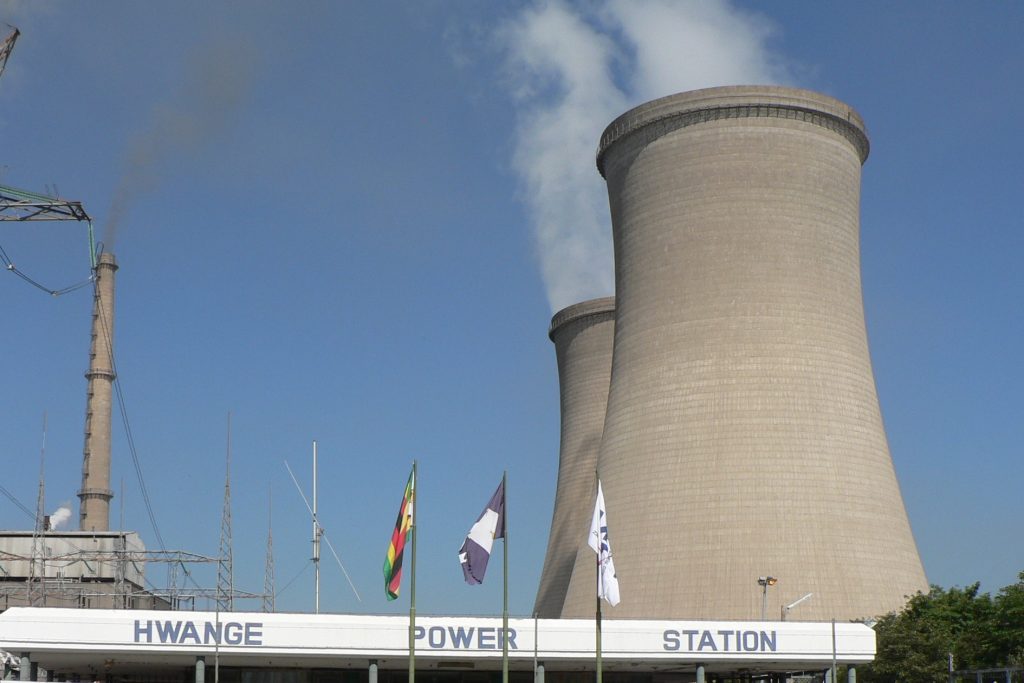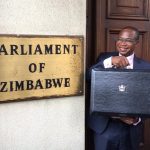Continued next page
Dema
In 2016, the government issued a tender for a 100MW diesel plant to supply power. The tender winner, APR Energy, was quickly shoved out of the way. The contract went to Sakunda, which was partnered in the deal by Derrick Chikore, brother of then President Robert Mugabe’s son-in-law.
With no experience in power generation, Sakunda sub-contracted Aggreko, which itself had been a losing bidder. Sakunda had not even been a bidder. In no time, the cost of the project doubled to US$500 million. Diesel was imported duty-free for the plant, but it was alleged that not all the fuel went to Dema.
With so many “opportunities”, it was no surprise that government officials ignored experts who said it would have been cheaper to use the Dema money to repair existing plants. The noisy, smoke-belching plant is not running.
Transmission
Generating power is the major problem for Zimbabwe, but so is transmitting it. The power utility loses 17% of its power due to aged transmission and distribution infrastructure.
While in China last April, Mnangagwa held meetings with TBEA, the world leader in the manufacture of transformers and one of the biggest builders of transmission networks. TBEA, with Eximbank of China funding, are now building, for US$30 million, a 180km 88kV single line from Insukamini to Lupane.
However, much of the network remains in decay. The network distribution system is well past its expiry date; it was meant to last 20-25 years but it is now up to 45 years of age. “It must be replaced, but we have no money to replace it,” ZETDC spokesman Fullard Gwasira says.
Paying the price
It is not something Zimbabwean consumers, hit by eroded wages and high prices, want to hear; we pay too little for power.
Tariffs are currently priced at RTGS 9.86 cents per kilowatt/hour, while it costs US 11 cents for ZESA to produce power. This means the utility is left with nothing to use for expansion and repairs.
Effectively, at the black market rate, Zimbabweans are paying under 2 US cents per kWh, or around 3 US cents at the interbank rate. By comparison, the cost is US14 cents per kWh in South Africa, US 11 cents in Mozambique, and 7 cents in Zambia while Tanzanians pay 17 US cents per kWh and Namibians 15 US cents.
ZESA has recently applied for a 30% tariff hike, and wants to be allowed to raise tariffs every year in line with inflation and, now, exchange rate movements. The last tariff hike was in 2011.
Because of the low tariff, ZESA had by mid-2018 made losses of US$524 million.
The low tariff is one of the major issues keeping energy investors away. Over the past five years, ZERA has licenced 51 independent power producers, but the projects have remained grounded as the low tariffs make no business sense for them. Investors also demand a bankable power purchase agreement (PPA), a long term offtake agreement with a creditworthy buyer of the electricity. ZETDC is not seen as creditworthy enough to allow debt repayment and a predictable, sustainable revenue stream.
Low tariffs, it is said by mining industry players, are one of the reasons Aliko Dangote walked away from a plan to partner in the Sengwa power project. Dangote had held preliminary talks for the project via private equity partners Black Rhino Group, then the infrastructure investment unit of major US private equity investor Blackstone.
Continued next page
(388 VIEWS)


